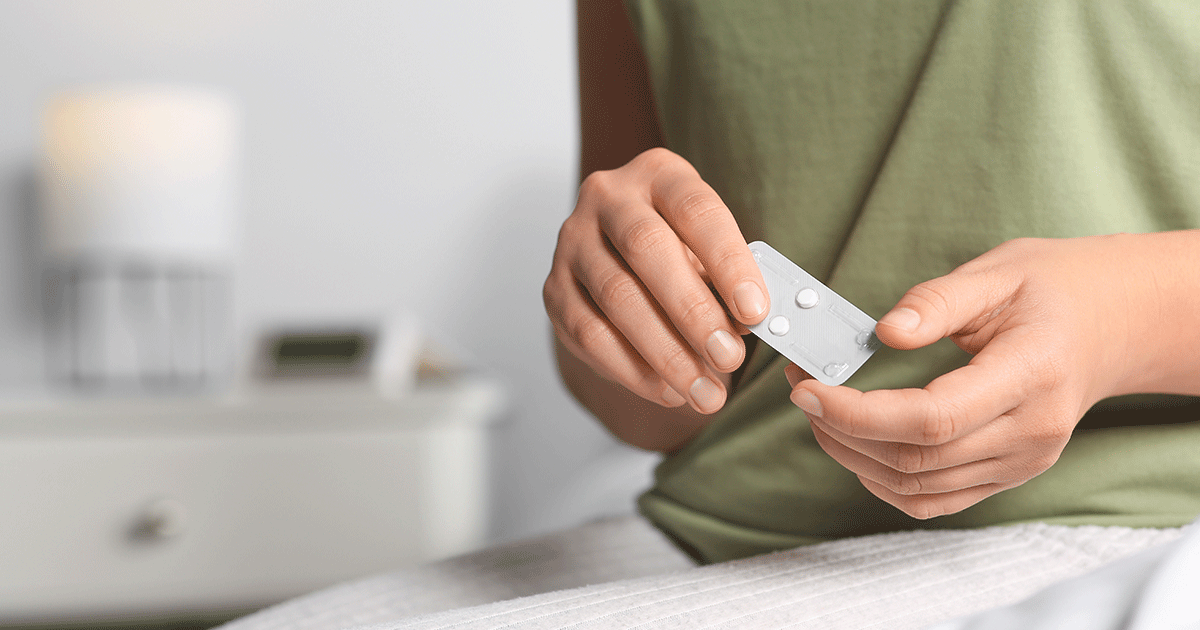Have you heard of Natural Family Planning (NFP)?
It’s a Fertility Awareness Method that can be used either to prevent pregnancy or to achieve pregnancy. With NFP, you observe the signs or symptoms of fertility and then you avoid sexual activity during that time if you want to avoid pregnancy, or you have sexual intercourse during that time if you want to achieve pregnancy.
What sort of fertility signs do you look for?
- Basal body temperature. Your body temperature rises slightly when you ovulate. So to use this method, you take your body temperature every morning when you first wake up. Then you plot the daily temperature on a graph. As you do this, you will see patterns in your body temperature throughout your monthly menstrual cycle. You can predict when you are ovulating based on your body temperature and avoid sexual activity during those days.
- Cervical mucus changes. Cervical mucus changes in texture, color, and amount throughout your menstrual cycle. To use this method, you feel and look at your cervical mucus every day and chart a description of the mucus. You’ll need to chart the mucus every day for a month or two before you can rely on this method to prevent pregnancy. A medical professional or NFP counselor can help you know what your cervical mucus looks like when you are most fertile in your cycle.
- Cycle length. This is also called “The Calendar Method.” You keep track of your menstrual cycle on the calendar and count the days in each cycle. For this method to be effective, you need to count the days for at least 6 cycles (or 6 periods). After you know how many days each cycle is, you can use a mathematical equation to figure out which days you’re most likely to be fertile. Then you can avoid sexual activity on those days if you don’t want to get pregnant or have sexual intercourse on those days if you do want to become pregnant.
Some people keep track of only one of these signs of fertility. But to be most effective, you would need to track all three signs of fertility.
How effective is this in preventing pregnancy? According to the Centers for Disease Control (CDC), out of every 100 instances of people using NFP, there are approximately 24 unintended pregnancies each year. So that makes NFP about 76% effective in preventing pregnancy.
Does NFP prevent Sexually Transmitted Diseases (STDs)? No. NFP can only be used to help prevent or achieve pregnancy. The only way to 100% prevent contracting an STD is to be in a mutually monogamous relationship. This means both you and your partner know for certain you do not have an STD and you both only have any type of sexual activity with each other.
Can I do NFP on my own? NFP is most effective if you do this under the guidance of a medical professional — a doctor, nurse, or counselor who knows NFP very well. This person can help you understand the information you chart (your temperature, the description of the cervical mucus, and your cycle lengths) and interpret the signs of fertility.
Observing and keeping track of all your signs of fertility can be effective in preventing a pregnancy or in helping you get pregnant. Other than the cost of the thermometer and the charts you track all the information on, NFP doesn’t cost anything. But it does require a little bit of daily work, dedication and the decision to abstain from any sexual activity during the days you could be fertile.
If you want more information about NFP or if you want to talk about whether or not you are at risk for becoming pregnant, call us and we’ll schedule an appointment at no cost to you.





